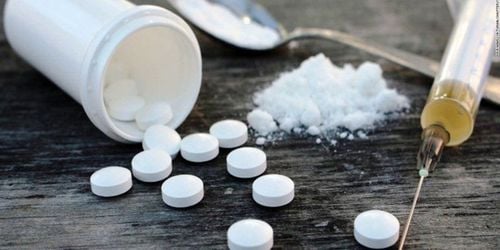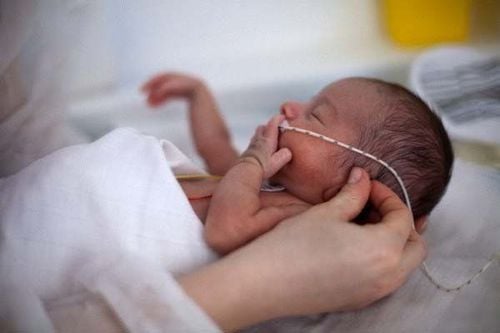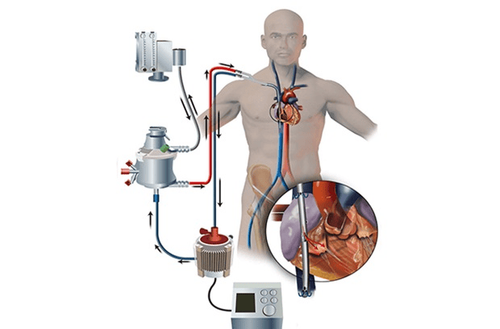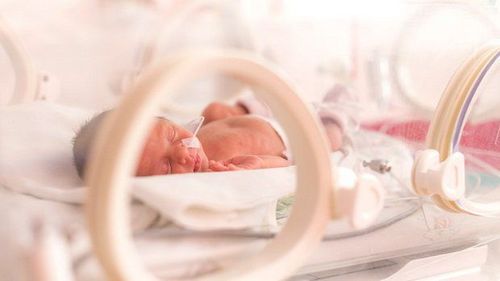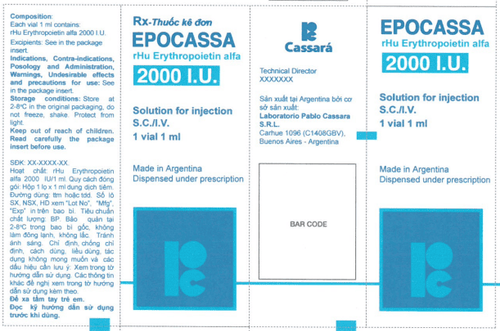This is an automatically translated article.
Pulmonary hemorrhage in children is the phenomenon of bleeding from the endotracheal tube with clinical severity. The disease usually occurs in children with acute illness and on ventilators. If there is not enough oxygen, treatment to stop the bleeding area, the child will face the risk of respiratory failure and death.
1. What is pulmonary hemorrhage?
Pulmonary hemorrhage is defined as the phenomenon of bright red blood flowing out of the endotracheal tube with clinical severity. The disease occurs commonly in children with acute diseases (premature babies, children with fetal malnutrition, congenital heart disease, metabolic disorders ...) requiring mechanical ventilation.
Pulmonary hemorrhage is common in the first 2-4 days of age in low-birth-weight infants, fetal malnutrition, premature infants, children with severe respiratory impairment with symptoms including cyanosis, intractable breathing in the cage. chest, bradycardia or apnea. The mortality rate after pulmonary hemorrhage is very high. Therefore, it is necessary to promptly handle and need a team of experienced doctors in the field of neonatal emergency.
While managing pulmonary hemorrhage, it is necessary to carefully examine the child to find out if the child is bleeding in other places so that the cause can be thought of as a cause of hemostasis diseases and appropriate tests are indicated. because this disease can aggravate pulmonary hemorrhage in the neonate.
2. Causes of pulmonary hemorrhage in children
Pulmonary hemorrhage in children is often due to primary and secondary causes.
Primary cause is also known as true hemorrhage. In this case, the Hct of the endotracheal blood is approximately equal to the venous Hct of the child. Blood outflow originates from trauma during intubation, violent viscous suction after birth or trauma to the pleura; inhalation of maternal blood; internal bleeding.
Secondary causes are more common, including hemorrhage secondary to PDA in ductal artery disease - one of the congenital heart diseases, surfactant therapy occurs within hours of pumping surfactant, left heart failure...
3. Symptoms of pulmonary hemorrhage
Symptoms to identify a child with pulmonary hemorrhage include:
The child's condition suddenly worsened with bright red blood flowing into the airway and out through the endotracheal tube; The child's whole body is pale, floppy and has poor reflexes, is resistant to the ventilator or may be normal; If the cause of pulmonary hemorrhage is due to systemic diseases, additional signs of pneumonia, infection, congestive heart failure,...; If the child has congenital heart disease, there will be peripheral edema, heart murmur; Auscultate the lungs of children with bilateral hypoventilation.
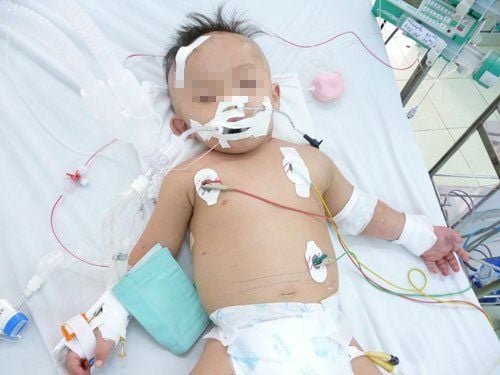
Xuất huyết phổi ở trẻ thường do nguyên nhân nguyên phát và thứ phát
4. Test results in pulmonary hemorrhage
When pulmonary hemorrhage is suspected, the doctor will prescribe the following methods for accurate diagnosis and appropriate treatment:
Blood count and platelet count: If there is infection, polymorphonuclear leukocytosis will occur. often accompanied by thrombocytopenia. If blood loss is large, Hct increases; Blood clotting function; Arterial blood gases: To assess respiratory failure and metabolic acidosis in children; Apt test: When aspiration of maternal blood is suspected; Straight chest x-ray: Focal or diffuse spots or nodules on both sides of the lung fields create an image of the entire white lung; Echocardiography: Evaluation of the ductus arteriosus (PDA).
5. Emergency management of pulmonary hemorrhage in children
When diagnosing a child with pulmonary hemorrhage, the following steps should be taken:
Intratracheal aspiration every 15 minutes until the bleeding is stopped. This is important because excessive secretions or blood will block the airways causing respiratory failure and death; Increased oxygen concentration in inhaled air; Consider using mechanical ventilation; Increase positive end-expiratory pressure to pressurize the pulmonary capillaries for the purpose of hemostasis. General management:
Resuscitation of circulating volume; Monitor consciousness, pulse, temperature, blood pressure regularly; If there is a metabolic acidosis, then infuse Bicarbonate; The most important thing is to treat the cause of the pulmonary hemorrhage.
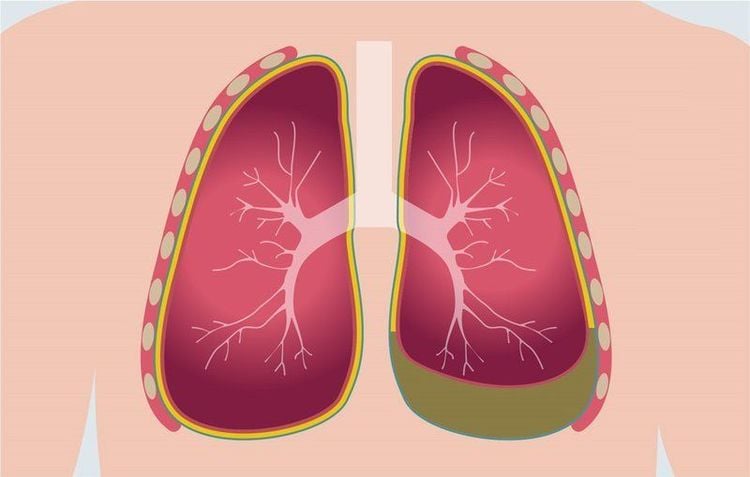
Có nhiều nguyên nhân gây xuất huyết phổi ở trẻ sơ sinh
6. Prevention of pulmonary hemorrhage in children
Pulmonary hemorrhage is an acute pathology. The disease occurs most commonly in infants from 2 to 4 days old. Mortality is higher soon after pulmonary hemorrhage, and the risk of infant mortality can be as high as 50%. There are many causes of pulmonary hemorrhage in infants. To minimize this situation, it is necessary to manage pregnancy well so that the baby is born at full term, with a full weight and healthy.
Pregnant women should have a reasonable diet with enough green vegetables and enough natural fats because this is a food source of vitamin K.
Should give birth in hospitals with full modern medical equipment to handle complications during birth or give newborn emergency treatment promptly in case the new-born baby has complicated diseases. . Most importantly, the medical team needs to have solid expertise to have the right treatment method in time to avoid complications and sequelae for the child.
Please dial HOTLINE for more information or register for an appointment HERE. Download MyVinmec app to make appointments faster and to manage your bookings easily.




